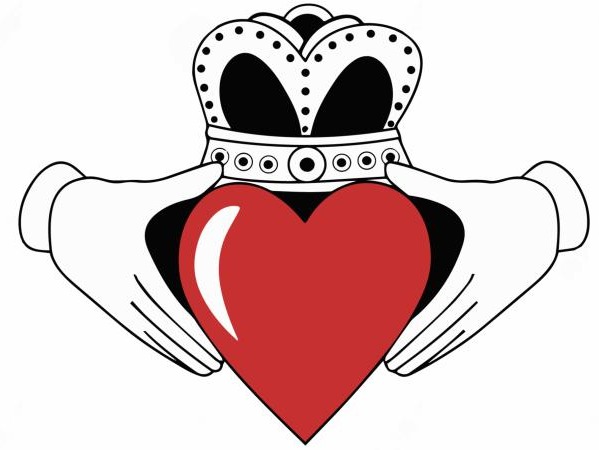
Unlocking the Power of CSS3 Transformations
In the world of website development, CSS3 is a powerful tool for breathing life into your web designs. Although transforming elements like text and shapes is straightforward, you might have wondered how to apply these effects to background images distinctly. This article breaks down ingenious workarounds for achieving this, aligning with your need for creative design without the hassle of complex solutions.
Ingenious Use of Pseudo Elements
While CSS transformations don’t usually apply to background images, a clever use of ::before and ::after pseudo-elements offers a unique solution. By assigning a background image to these pseudo-elements, developers can transform these independently from their containers, allowing for distinctive visual effects. This technique gives web designers more freedom to experiment without resorting to costly server-side image manipulations.
Future Predictions and Trends
As web standards evolve, it’s likely that proposals for direct background image transformations will arise. This will simplify processes and reduce the need for workarounds currently used by developers. Until then, these pseudo-element techniques provide effective interim solutions, allowing businesses to stay ahead of design trends while minimizing additional processing resources.
Practical Use Cases and Best Practices
Let’s explore practical examples. Suppose you want a dynamic background that turns 45 degrees when a user hovers over a certain section. Incorporating pseudo-elements can achieve this effect, creating interactive and engaging experiences for site visitors. It's crucial to ensure these designs are compatible with all major browsers to reach a wider audience. This technique empowers businesses to enhance their site’s aesthetics, offering a better user interface without disrupting the content's readability.
Interested in trying it out? For step-by-step guides and live demos, further exploration is recommended.
 Add Row
Add Row  Add
Add 




Write A Comment